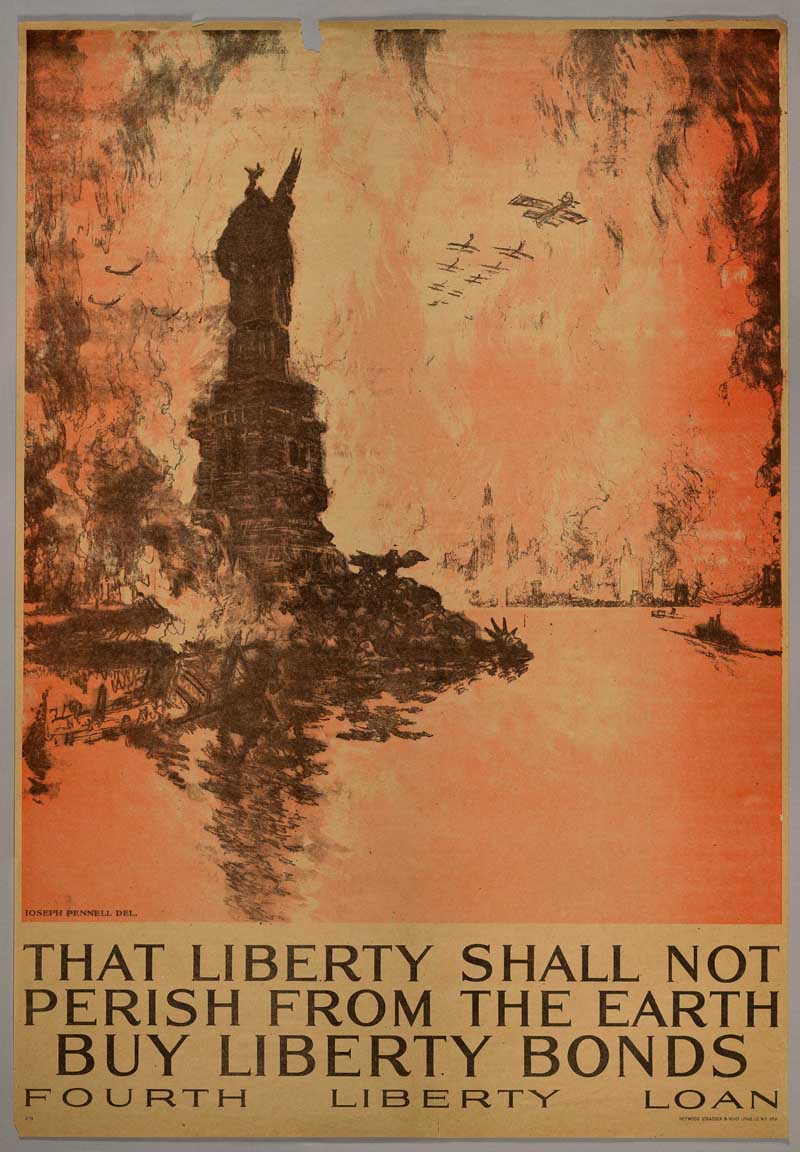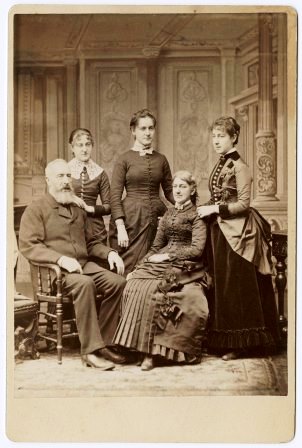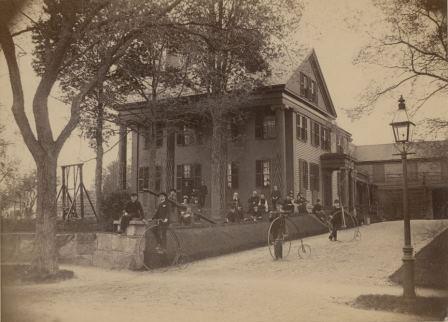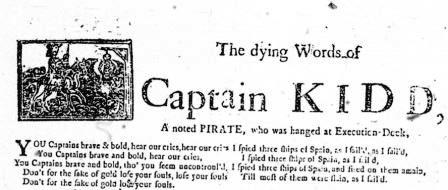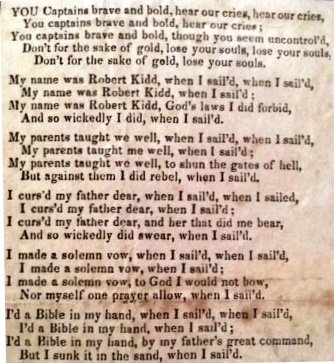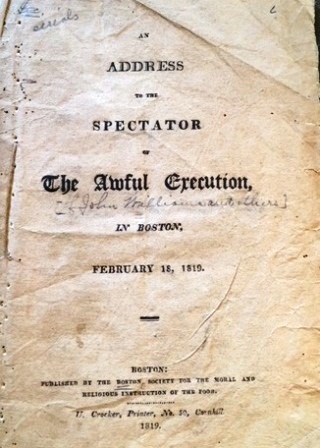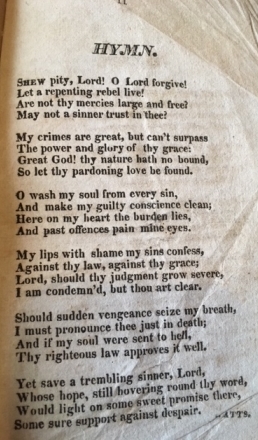By Alexis Buckley, Research Department
If you’ve been by the Massachusetts Historical Society on a Wednesday, or if you follow us on Twitter, you’ve probably come across an invitation to attend a brown bag lunch talk. “Join us for Kate McIntyre’s brown bag lunch, and learn about the intersections of #race and #ecology!” the tweet might read. Or you’ve passed the sign in the lobby that says: “Madeline Kearin’s Brown Bag lunch talk at 12 pm—all are welcome.” But what exactly is a brown bag lunch talk?
Good question! A brown bag lunch talk offers our MHS researchers and research fellows a chance to present on the work they’re doing here at the Society. The presenter speaks for about twenty minutes on their research. They talk about the dissertation or book project that they’re working on, and about why they’ve come to the MHS. Then they focus in on a specific chapter or section of their project. They discuss the sources they’ve found—or haven’t found yet!—and perhaps some of the challenges this chapter has offered. Then the floor is opened to questions and suggestions, and for the next forty minutes we have a discussion about the presenter’s project.
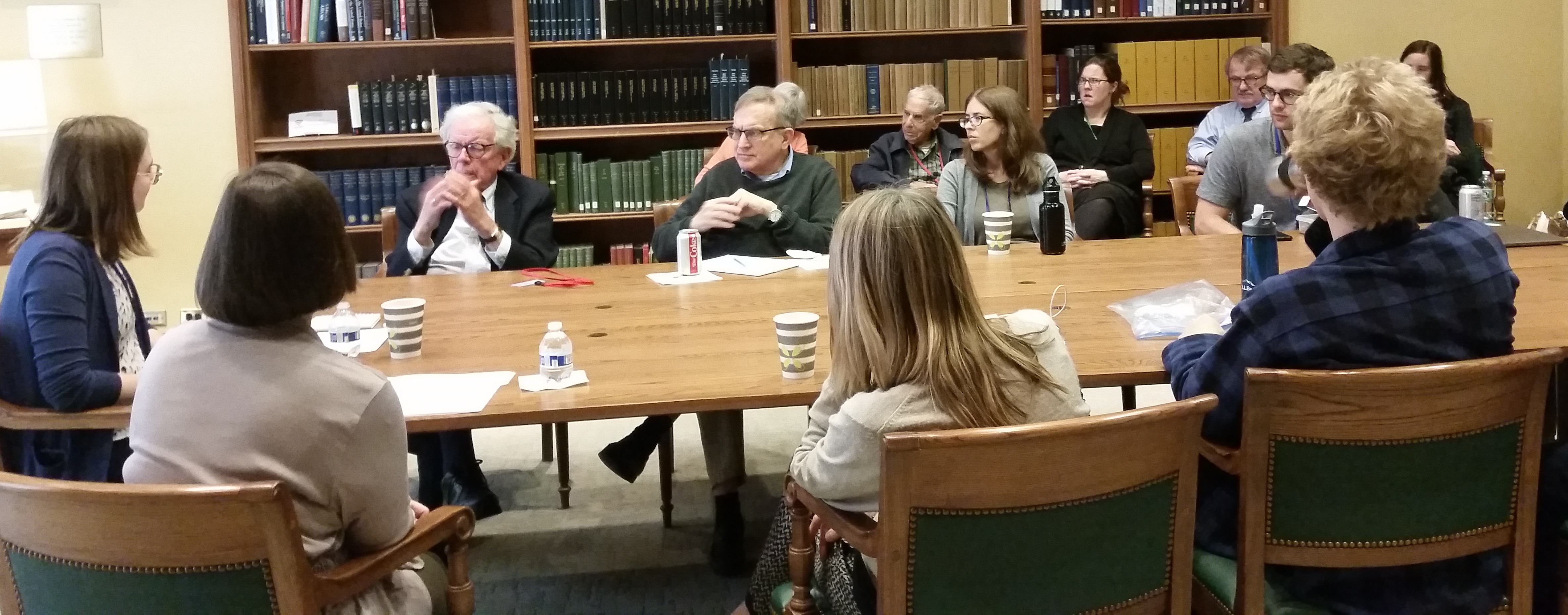
Our most recent brown bag lunch talk was with Ian Saxine, whose second book project has brought him back to the Massachusetts Historical Society on a short-term W.B.H. Dowse Fellowship. (For a list of this year’s research fellows, go here.) He discussed the fourth Anglo-Wabanaki War, 1722-1725, the many names for the war, and how the war’s unexpected outcomes influenced colonial policy in Maine for next several decades. The discussion was lively, involving such questions as: “How do you define a war?”; “How are you looking at the memory of the war?”; and “What was the role of religion in the war?”
Upcoming brown bag talks will focus on a wide array of topics, from tomorrow’s talk on partisanship and the origins of the American Revolution to New England hospitals for the insane to the United Fruit Company and 20th-century revolutions.
Interested in attending? Brown bag talks are free and open to all. Bring a lunch or show up and enjoy a coffee or soda while you listen to the talk. The talks are always at noon. For our upcoming talks, keep an eye on the calendar, pack a lunch, and join us for the chance to learn about what our researchers are doing at MHS, and for a lively discussion about their work. We look forward to seeing you there!
[Photo from Alexandra Montgomery’s (University of Pennsylvania) brown bag lunch, June 6, 2018.]


